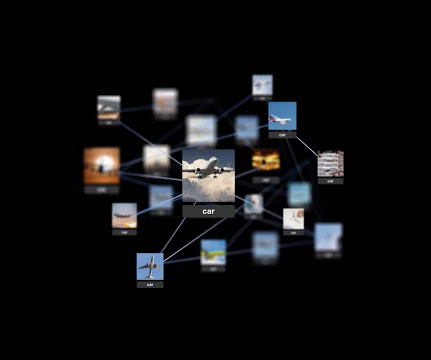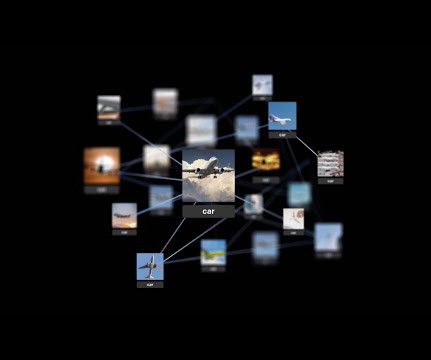Exploring the dynamic fusion of AI and the IoT
Dataconomy
MAY 25, 2023
By harnessing the power of AI in IoT, we can create intelligent ecosystems where devices seamlessly communicate, collaborate, and make intelligent choices to improve our lives. Let’s explore the fascinating intersection of these two technologies and understand how AI enhances the functionalities of IoT.












Let's personalize your content